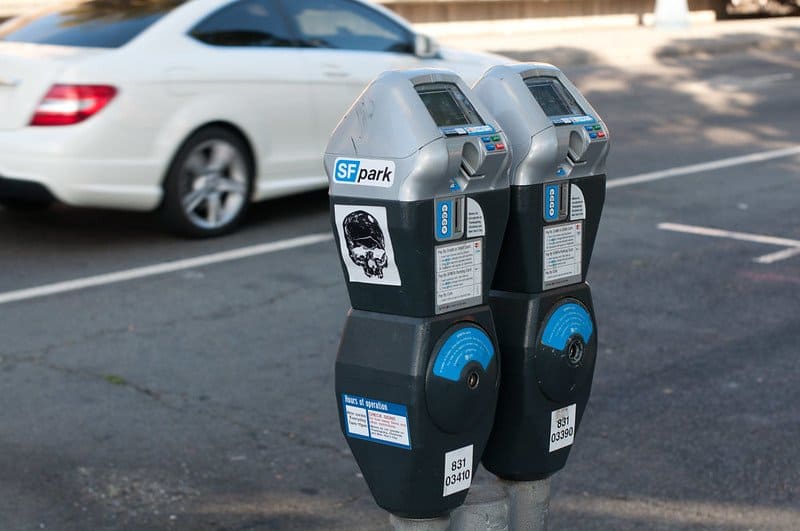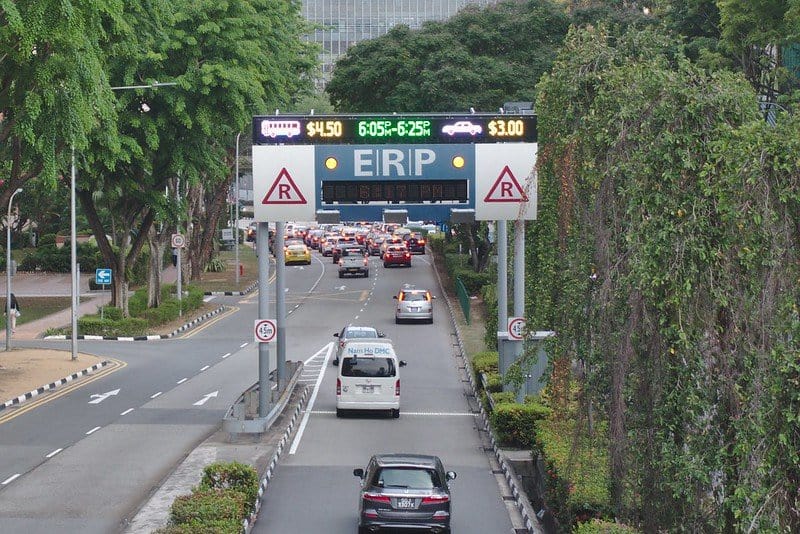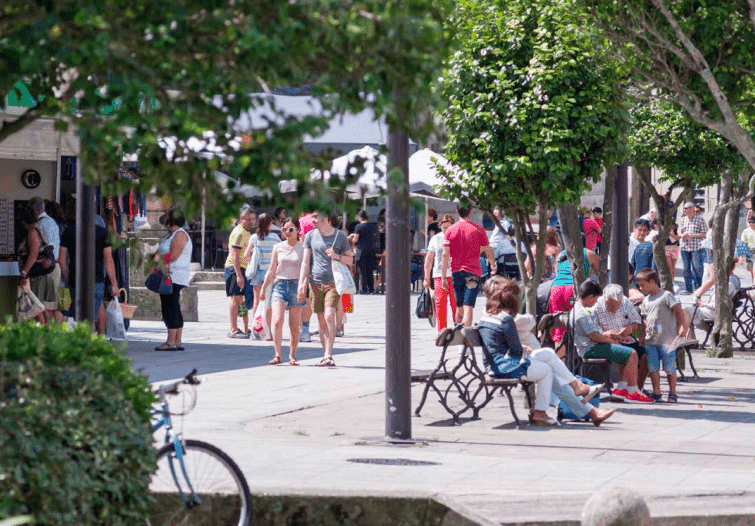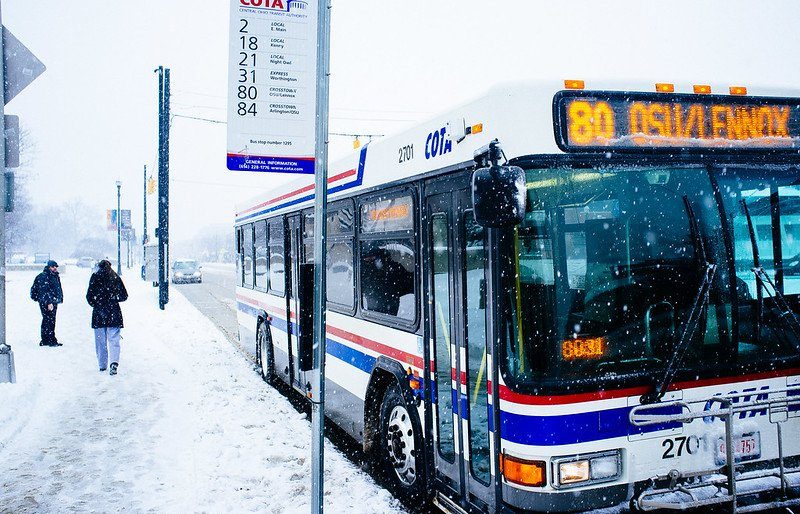The California Bay Area, birthplace of Uber and the self-driving car, is a region that sees itself as an early adopter of new transportation concepts. Last week, however, it decided its latest move — a mandate that companies make at least 60 percent of their employees work from home — took innovation a step too far.
The mandate was proposed in September by a regional government agency known as the Metropolitan Transportation Commission. Its goal was to reduce the greenhouse gases produced by workers commuting by private vehicle. The calculus was simple: So many people are working from home these days, anyway — why not make those changes permanent, locking in the reduction in car use?
Then reality intervened.
The mayors of bright-blue San Francisco and San Jose said they “cannot support” the proposal. And more than a dozen Bay Area state legislators warned that it would have “negative consequences.” For instance, they argued it would empty out downtowns — whose businesses are still struggling — and depress transit ridership even more than the pandemic already has.
Crushed by negative news?
Sign up for the Reasons to be Cheerful newsletter.As criticism of the proposal mounted, last week the MTC appeared to reverse course. According to the local paper Daily Journal, “MTC is now considering an alternative option to provide more of a cafeteria-style approach for each employer to choose a suite of commute trip reduction options, rather than relying solely on telecommuting.”
The critiques from all corners suggest the idea was probably a bad idea from the start. Luckily, there’s an array of other driving-reduction measures that can be implemented with less disruption to the economy or urban culture. Reasons to be Cheerful has reported on a number of them. Here are a few ways the Bay Area could still achieve its goals through more time-tested means.
Charge for parking based on demand
This one already happens to exist right there in San Francisco. For the past decade, the city has been using dynamic pricing, in which parking fees throughout the city automatically adjust based on demand. The goal is to discourage car use in the most congested parts of the city at any given moment, while raising almost $2 million per year in transit funding.

The program, called SFPark, has become a way of boosting equity, taking money from drivers who park in the most expensive parts of the city and funneling it into transit for the one-third of residents who don’t own a car. Parking fees have even decreased in less-pricey neighborhoods, as rates automatically adjust downward to account for low demand.
Read more about how dynamic pricing works in our story “Can Flexible Pricing Be Fair?”
Collect a fee for entering the city
Only a few cities have congestion pricing, and each of them does it a little differently. In Singapore, drivers are charged based on how much traffic there is. Stockholm adjusts its fees according to the time of day. London charges a flat fee. In all cases, however, the basic principle is the same: drivers pay to use the streets.

It’s an acknowledgment that car use doesn’t come without costs — to public safety, to the environment, to the free-flow of city streets. Congestion pricing makes these costs manifest, and like San Francisco’s dynamic parking system, often helps fund public transit.
Read more about how congestion pricing works in “Cars in Cities: How’s That Working Out?”
Implement a few simple tricks
Pontevedra is a little Spanish city that did something big: It reduced car use in its historic core by 90 percent. Rather than blanket fees or bans, it simply implemented some low-impact engineering tricks.

For instance, many streets are designed as loops, so there’s no incentive to drive on them unless your destination is actually on that street. Streets also don’t give drivers anywhere to pull over, which prevents double parking. Pontevedra even provides garages at its outer perimeter so incoming drivers will leave their cars there and walk in. The takeaway is inspiring: You don’t need the economic clout of London, the regulatory zeal of Singapore or the political moxie of Copenhagen to reduce driving to functional zero.
Read more about Pontevedra’s clever tricks in “Spain’s Happy Little Carless City.”
Let workers ride transit for free
Planners often pooh-pooh the idea of free transit, rightly pointing out that most systems rely on fare-box revenues for the system to stay in the black. But Columbus, Ohio has proven that you can make transit free for workers without busting the budget. The key: Have businesses subsidize it.

In the Ohio capital, each business pays the city three cents per square foot of leased space they occupy. The money is used to give free bus passes to any downtown employee who wants one. It’s a nominal cost to the businesses that, in the end, often saves them money too, since they don’t need to build as much parking for their workers. We love it when everyone wins.
Read more about free transit for workers at “Free the Transit System!”
Don’t make developers build parking
Parking minimums might be the worst urban scourge you’ve never heard of. They work like this: In many cities, developers are required by law to add a certain amount of parking to any new building. The idea is that this will keep residents from taking up parking spots on the street. In reality, however, it simply encourages more car ownership, making parking problems even worse. Plus, it makes housing more expensive, since the developers need to pass on those extra costs of building parking spaces to the people buying the apartments (whether they use the parking or not.)

Edmonton, Alberta decided to stop the madness — earlier this year, it became the first city in Canada to eliminate parking minimums across the board. Though it’s too soon to gauge the effects, the move has been hailed by planners as a pioneering step in disincentivizing travel by private car.
The takeaway of all these solutions is that reducing congestion needn’t disrupt people’s lives. Indeed, it should do just the opposite, making traveling easier and cities more functional. Residents of the Bay Area will no doubt work from home more than they used to, but you don’t need to shut down healthy everyday urban activity to tamp down on traffic.






